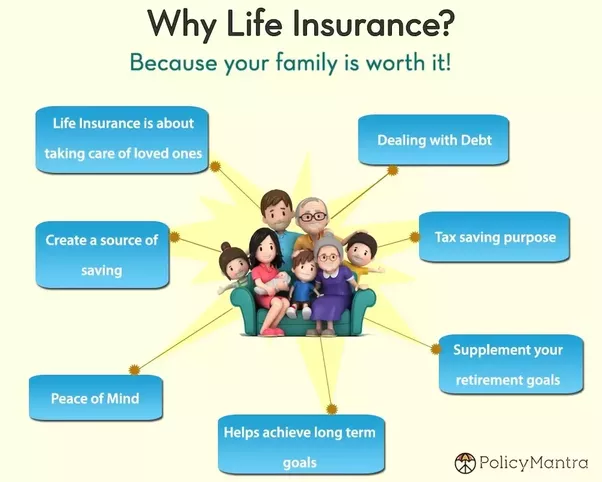The Buzz on Pacific Prime

This decline of nearly 2 million in the number of individuals 'without insurance coverage (a reduction of around 4 percent) is certainly a favorable change. With a softer economic situation in 2000 the current reported gains in insurance protection may not proceed (Fronstin, 2001) (international travel insurance). The decline in the number of without insurance will certainly not proceed if the economic climate continues to be sluggish and healthcare prices remain to exceed rising cost of living
This is because the information were collected for a period of solid financial performance. Of the approximated 42 million individuals that were uninsured, just about about 420,000 (regarding 1 percent) were under 65 years old, the age at which most Americans come to be eligible for Medicare; 32 million were adults in between ages 18 and 65, around 19 percent of all adults in this age group; and 10 million were kids under 18 years old, about 13.9 percent of all kids (Mills, 2000).
These price quotes of the variety of persons uninsured are created from the annual March Supplement to the Present Populace Study (CPS), conducted by the Census Bureau. Unless otherwise kept in mind, national quotes of individuals without health insurance policy and proportions of the population with different type of insurance coverage are based on the CPS, the most widely utilized source of quotes of insurance policy protection and uninsurance prices.
Getting The Pacific Prime To Work

Still, the CPS is specifically valuable due to the fact that it creates annual estimates reasonably promptly, reporting the previous year's insurance policy coverage estimates each September, and due to the fact that it is the basis for a regular set of estimates for even more than two decades, permitting analysis of fads in insurance coverage gradually. For these reasons, along with the comprehensive use of the CPS in various other research studies of insurance protection that exist in this record, we depend on CPS quotes, with constraints kept in mind.

The price quote of the number of without insurance people increases when a population's insurance standing is tracked for several years. Over click here for info a three-year duration beginning early in 1993, 72 million people, 29 percent of the U.S. https://www.tumblr.com/pacificpr1me/746587211067195392/we-are-an-award-winning-insurance-intermediary-of?source=share. population, lacked protection for at the very least one month. Within a solitary year (1994 ), 53 million people experienced a minimum of a month without insurance coverage (Bennefield, 1998a)
6 out of every ten without insurance adults are themselves employed. Functioning does boost the chance that one and one's family participants will have insurance policy, it is not a warranty. Even participants of families with 2 full-time breadwinner have practically a one-in-ten opportunity of being uninsured (9.1 percent without insurance rate) (Hoffman and Pohl, 2000).
How Pacific Prime can Save You Time, Stress, and Money.
New immigrants make up a substantial percentage of people without health and wellness insurance. One evaluation has connected a considerable portion of the current growth in the size of the united state without insurance populace to immigrants who showed up in the nation in between 1994 and 1998 (Camarota and Edwards, 2000). Current immigrants (those that came to the United States within the past four years) do have a high rate of being without insurance (46 percent), yet they and their youngsters account for just 6 percent of those without insurance country wide (Holahan et al., 2001).
The connection between medical insurance and accessibility to care is well established, as recorded later on in this phase. The connection between health insurance and health end results is neither straight nor simple, an extensive professional and wellness services research literary works links health insurance policy coverage to improved accessibility to care, much better quality, and improved individual and population health standing.
Degrees of evaluation for taking a look at the impacts of uninsurance. It focuses particularly on those without any health and wellness insurance for any type of size of time.
See This Report on Pacific Prime
The problems faced by the underinsured are in some respects similar to those faced by the uninsured, although they are generally less severe. maternity insurance for expats. Uninsurance and underinsurance, nevertheless, include definitely different policy issues, and the strategies for addressing them might vary. Throughout this research study and the 5 records to adhere to, the primary focus is on individuals without medical insurance and therefore no support in paying for health treatment past what is offered through charity and safety and security internet organizations
Medical insurance is a powerful element affecting invoice of care because both people and doctors respond to the out-of-pocket rate of solutions - https://www.mixcloud.com/pacificpr1me/. Medical insurance, nevertheless, is neither required nor enough to access to clinical solutions. The independent and direct result of health and wellness insurance protection on accessibility to health and wellness services is well developed.
Others will get the healthcare they need also without health and wellness insurance, by paying for it expense or seeking it from suppliers who supply care cost-free or at extremely subsidized prices. For still others, health insurance policy alone does not guarantee invoice of care as a result of various other nonfinancial barriers, such as an absence of health care carriers in their neighborhood, limited accessibility to transportation, illiteracy, or linguistic and social differences.
Some Ideas on Pacific Prime You Need To Know
Formal research concerning uninsured populaces in the United States dates to the late 1920s and very early 1930s when the Board on the Price of Healthcare created a series of records regarding funding physician office sees and hospitalizations. This problem came to be significant as the varieties of clinically indigent climbed up throughout the Great Depression.
Comments on “Indicators on Pacific Prime You Should Know”